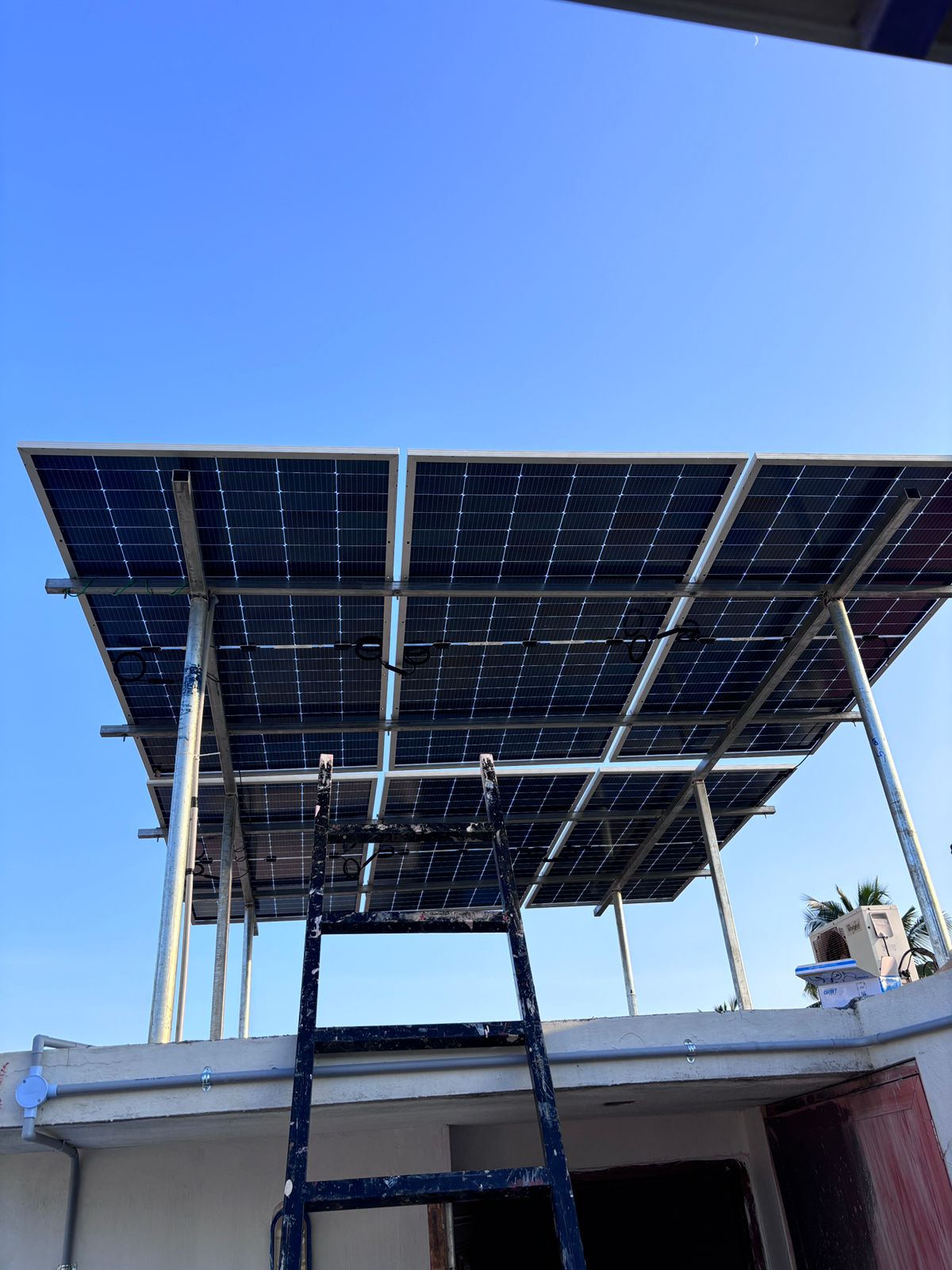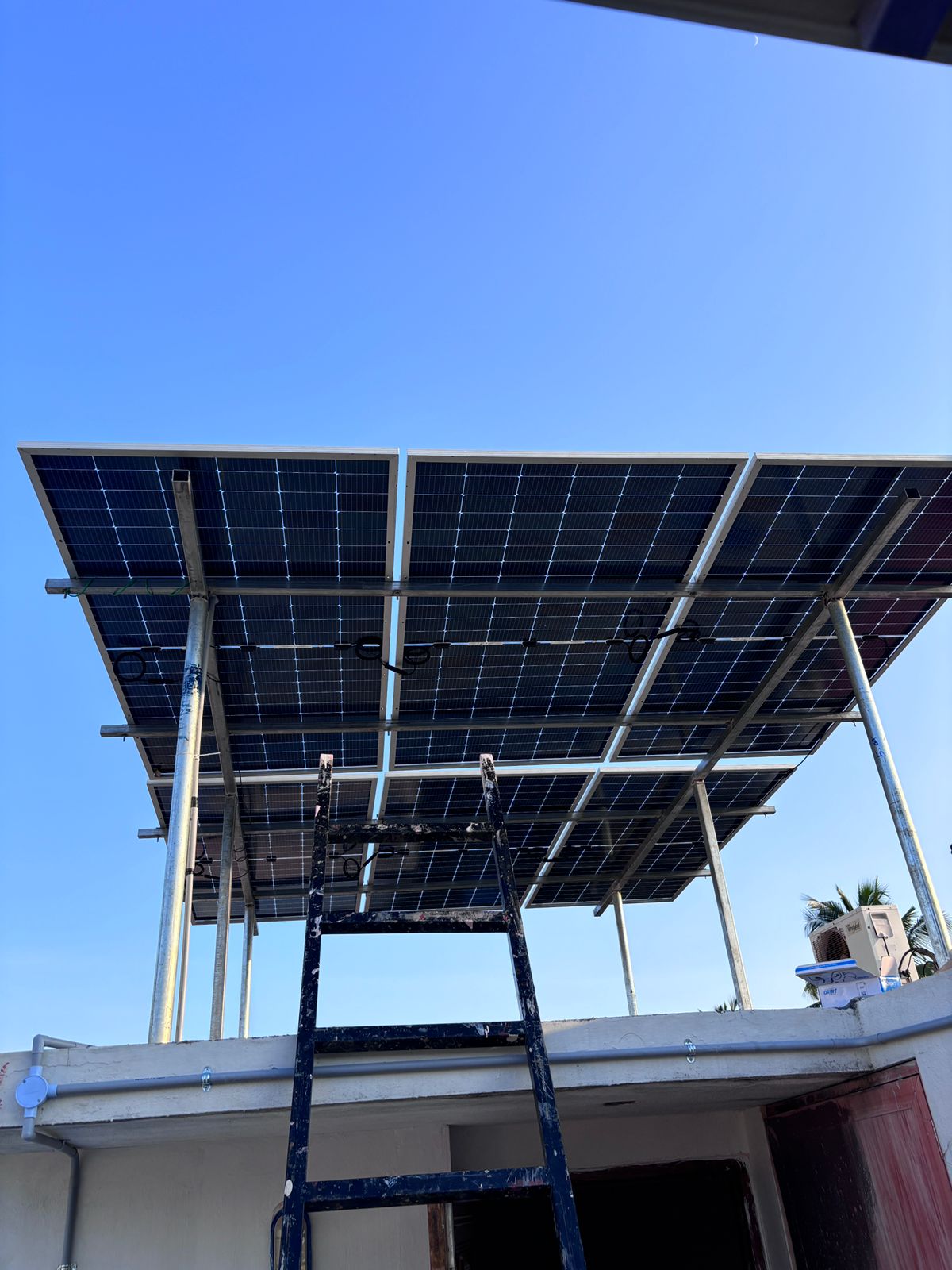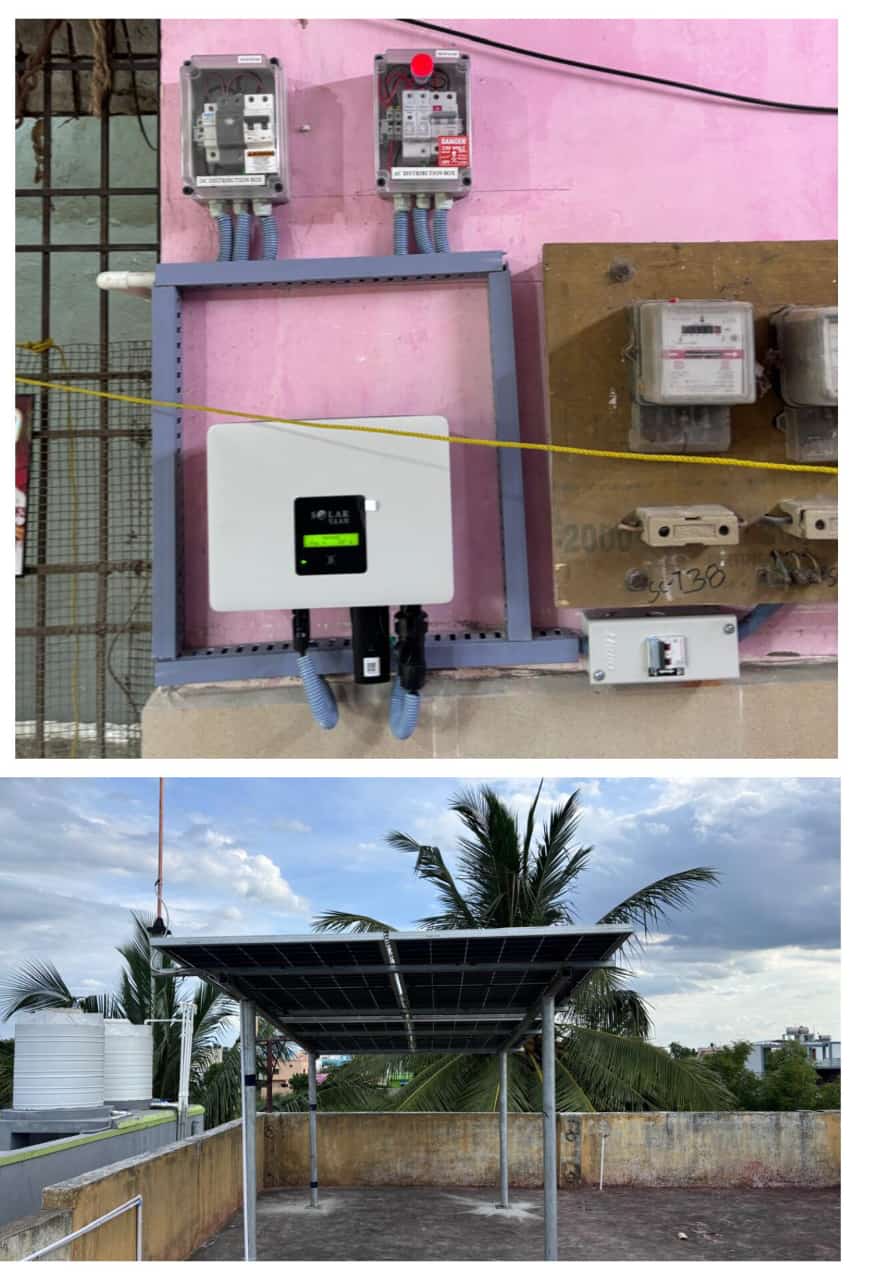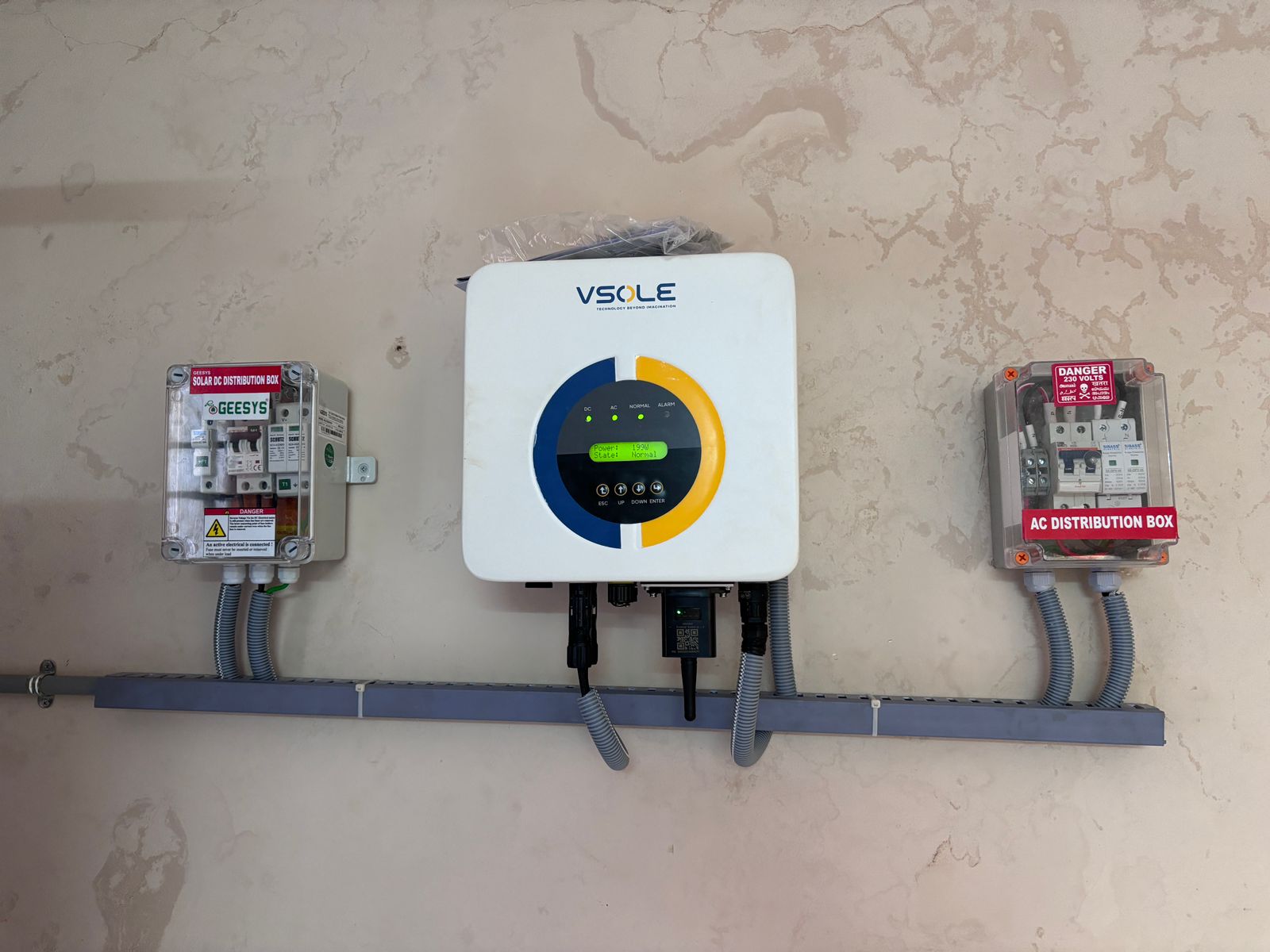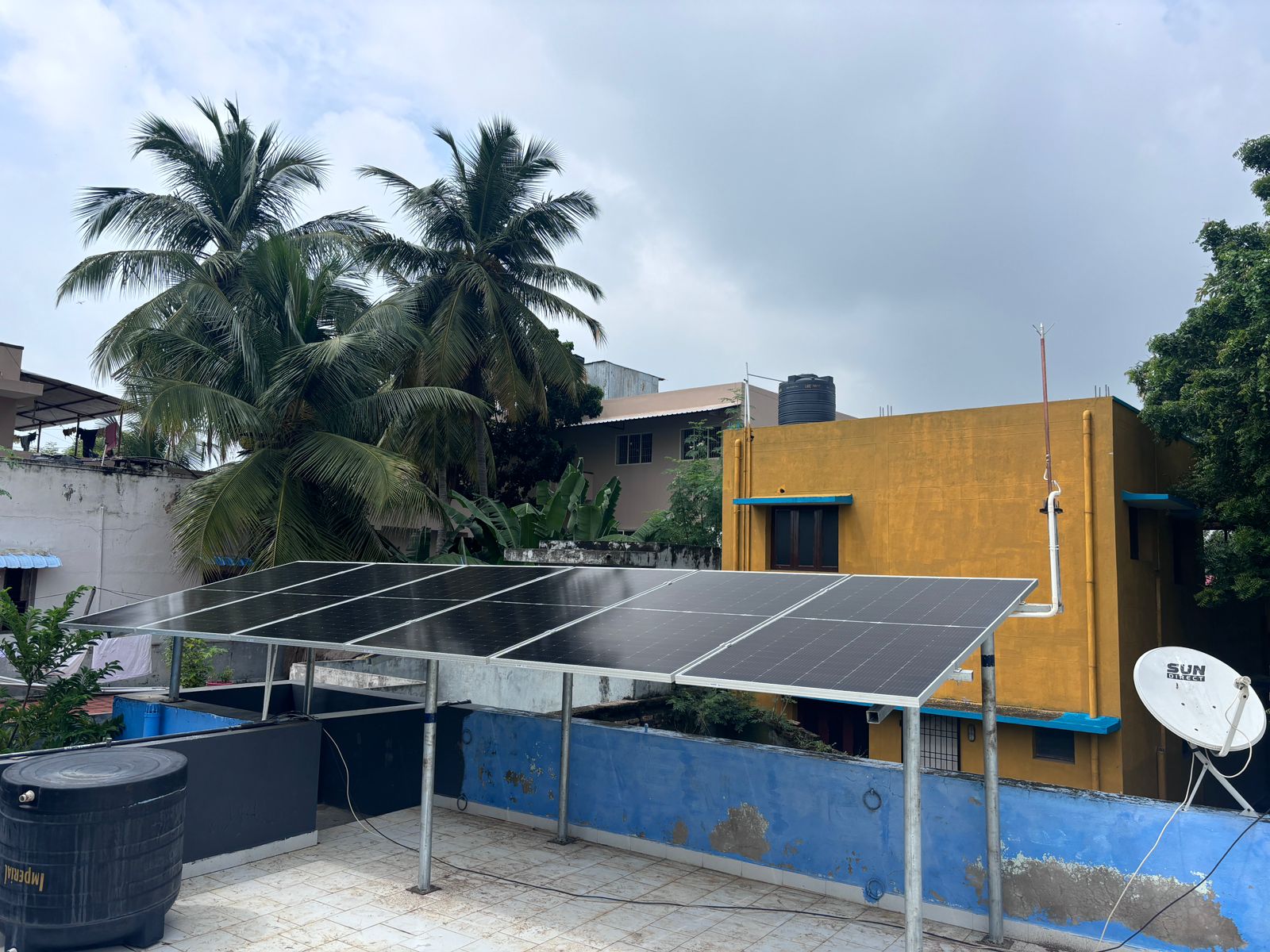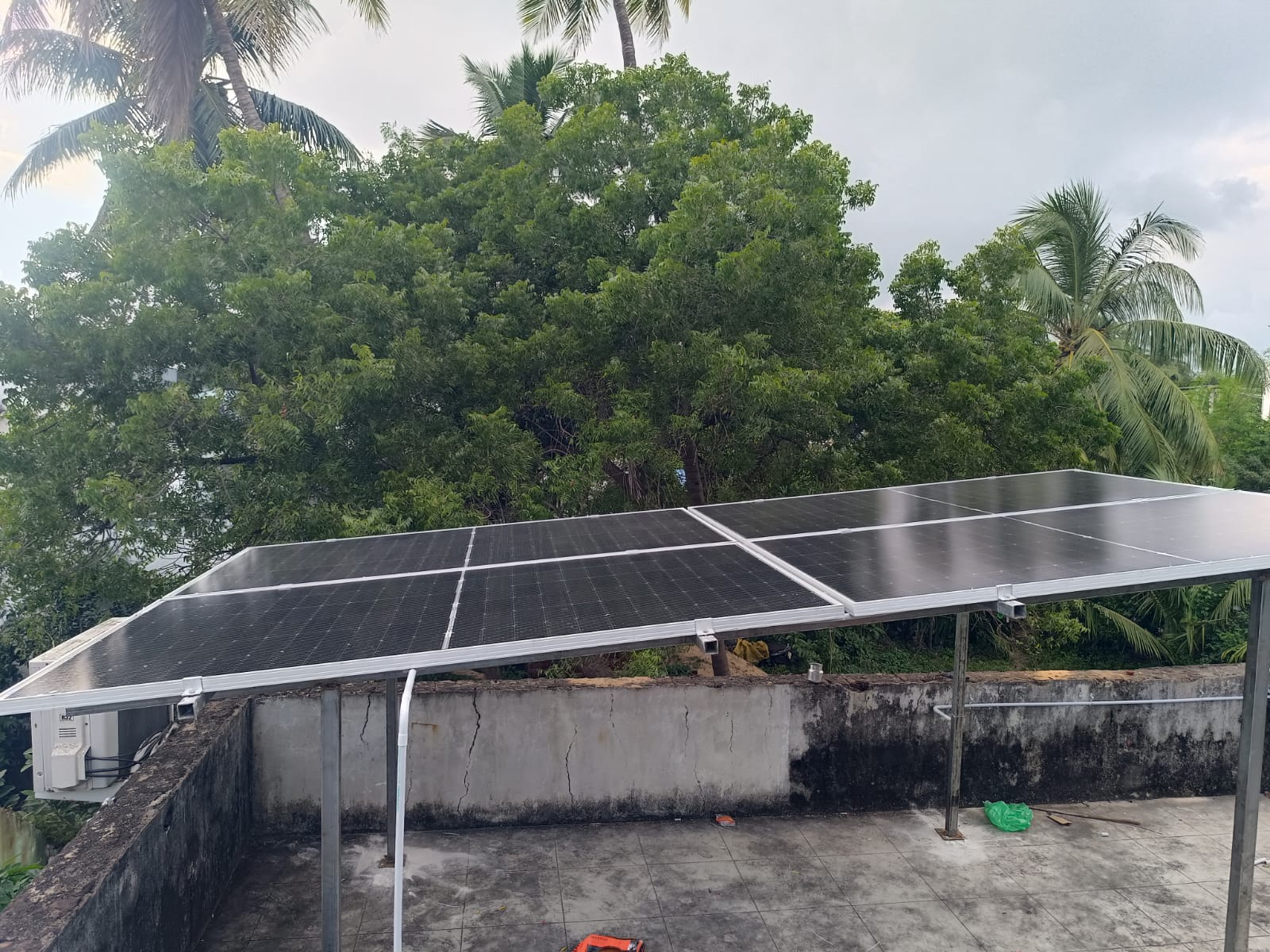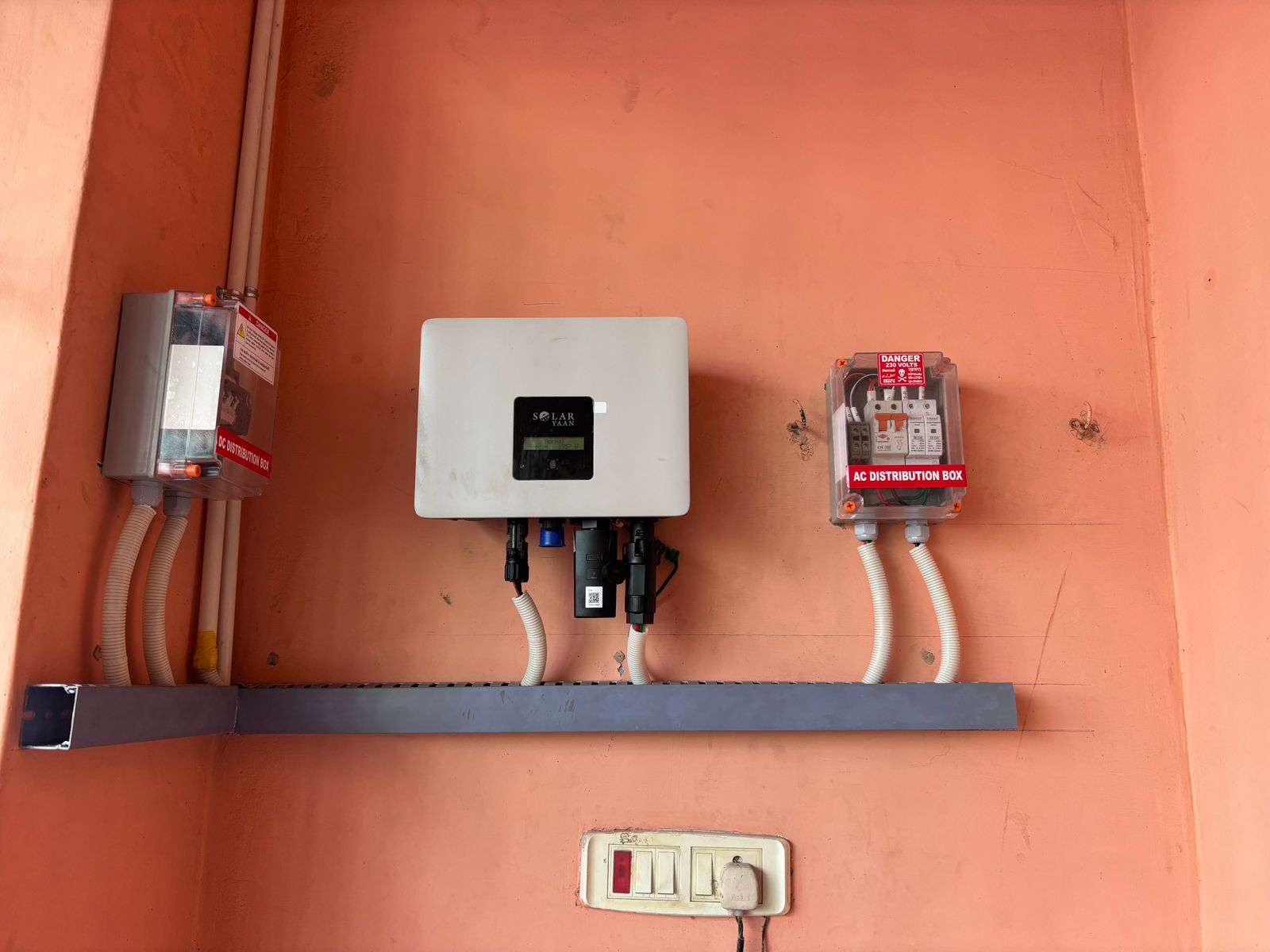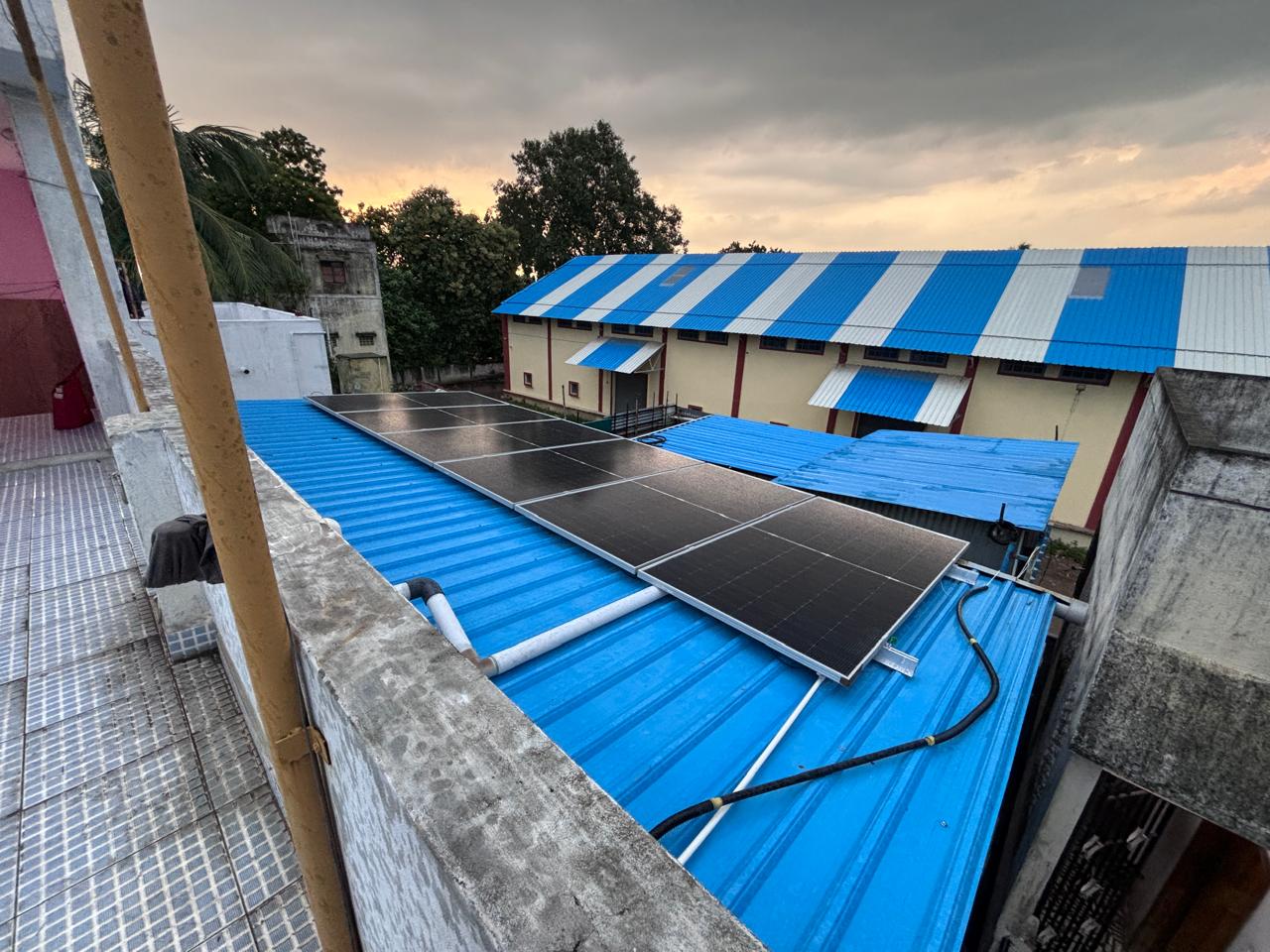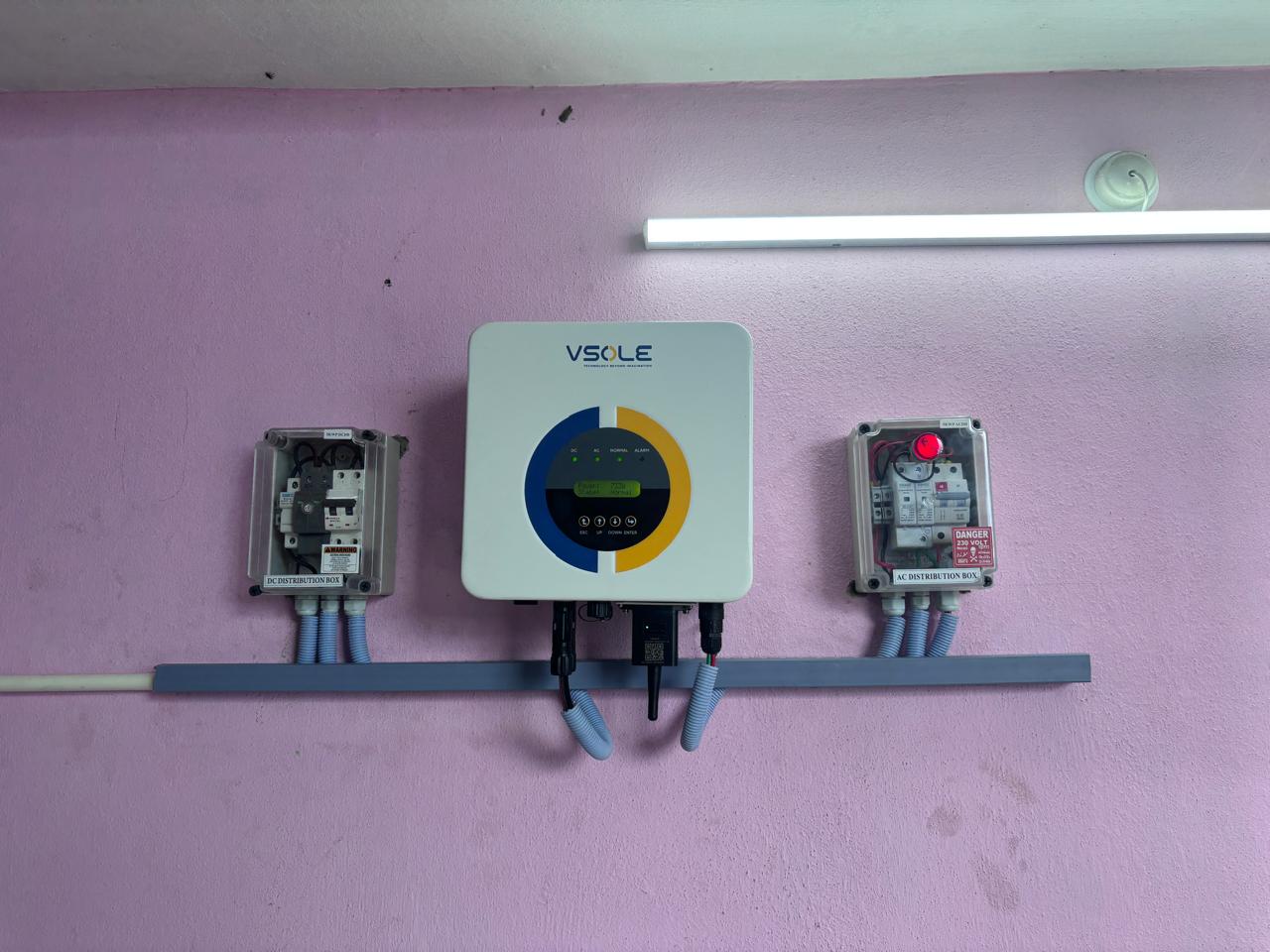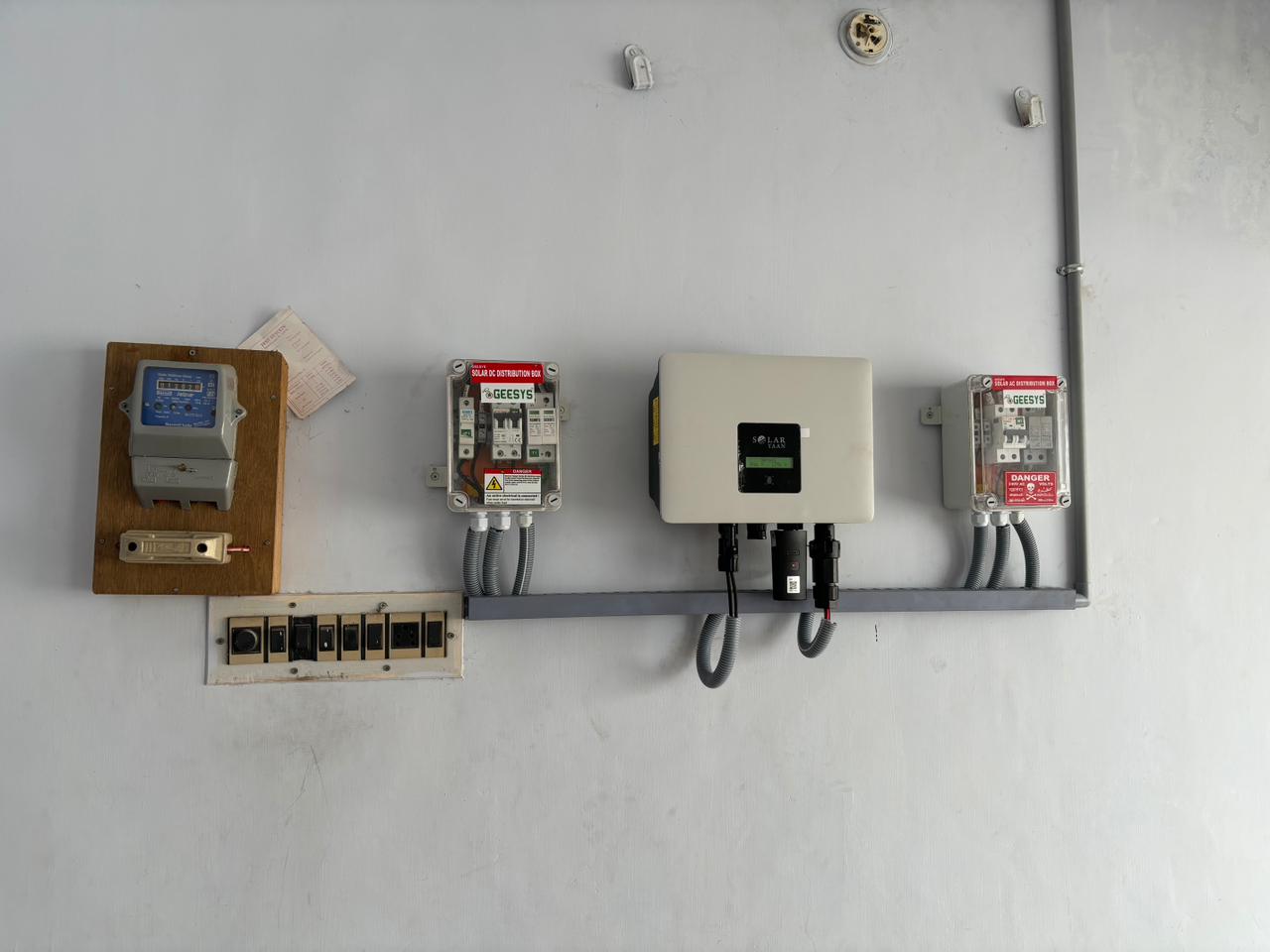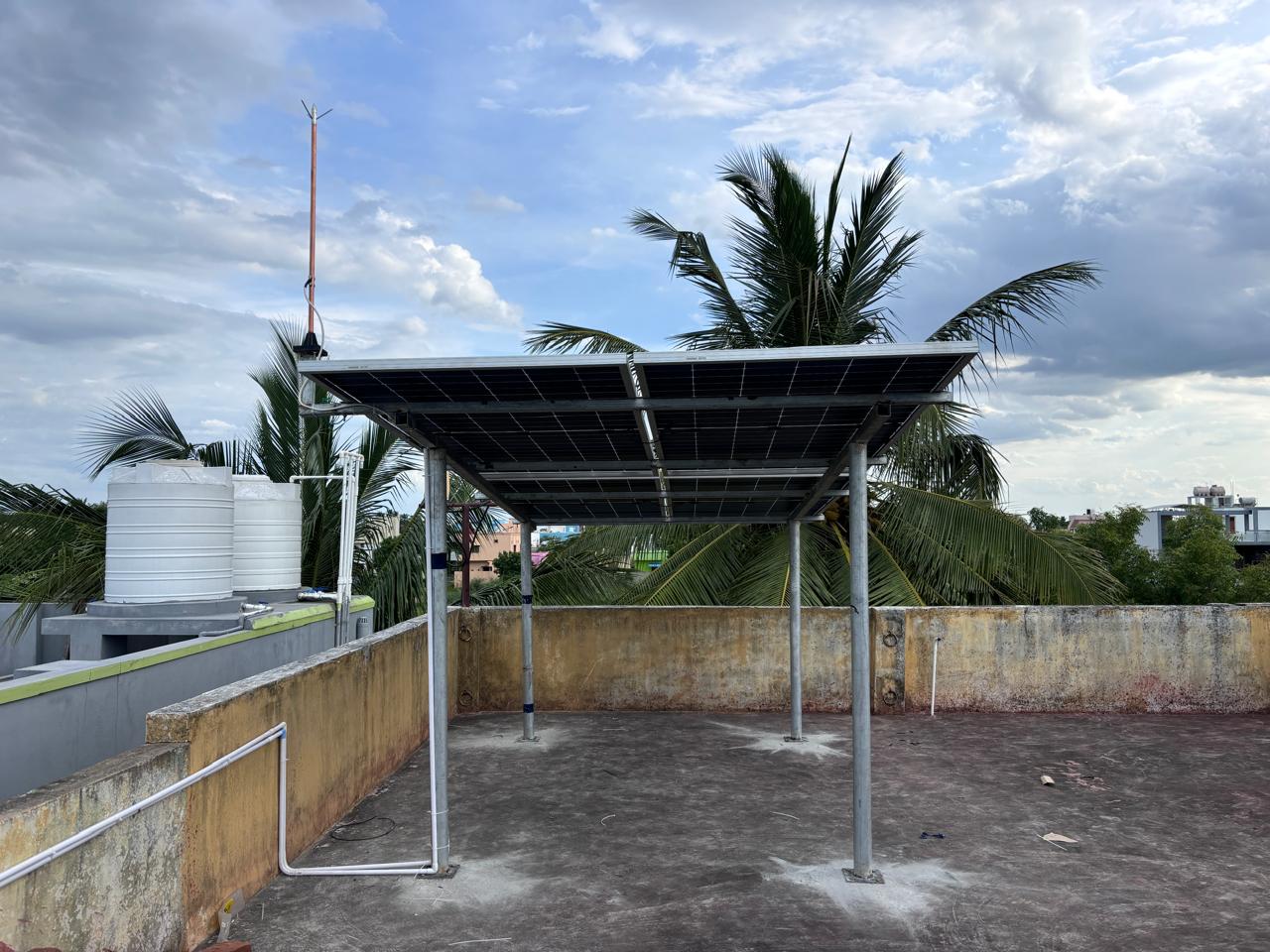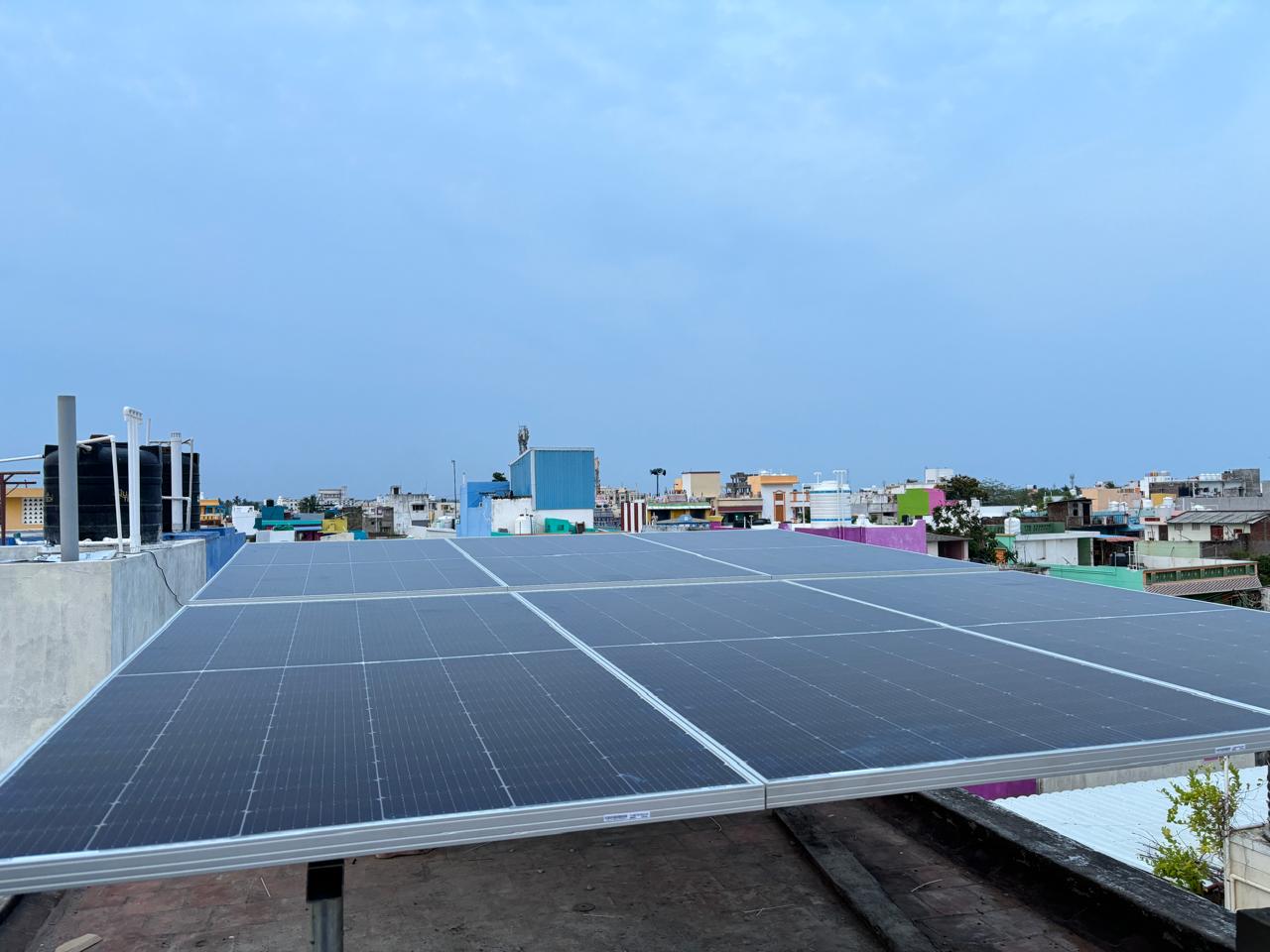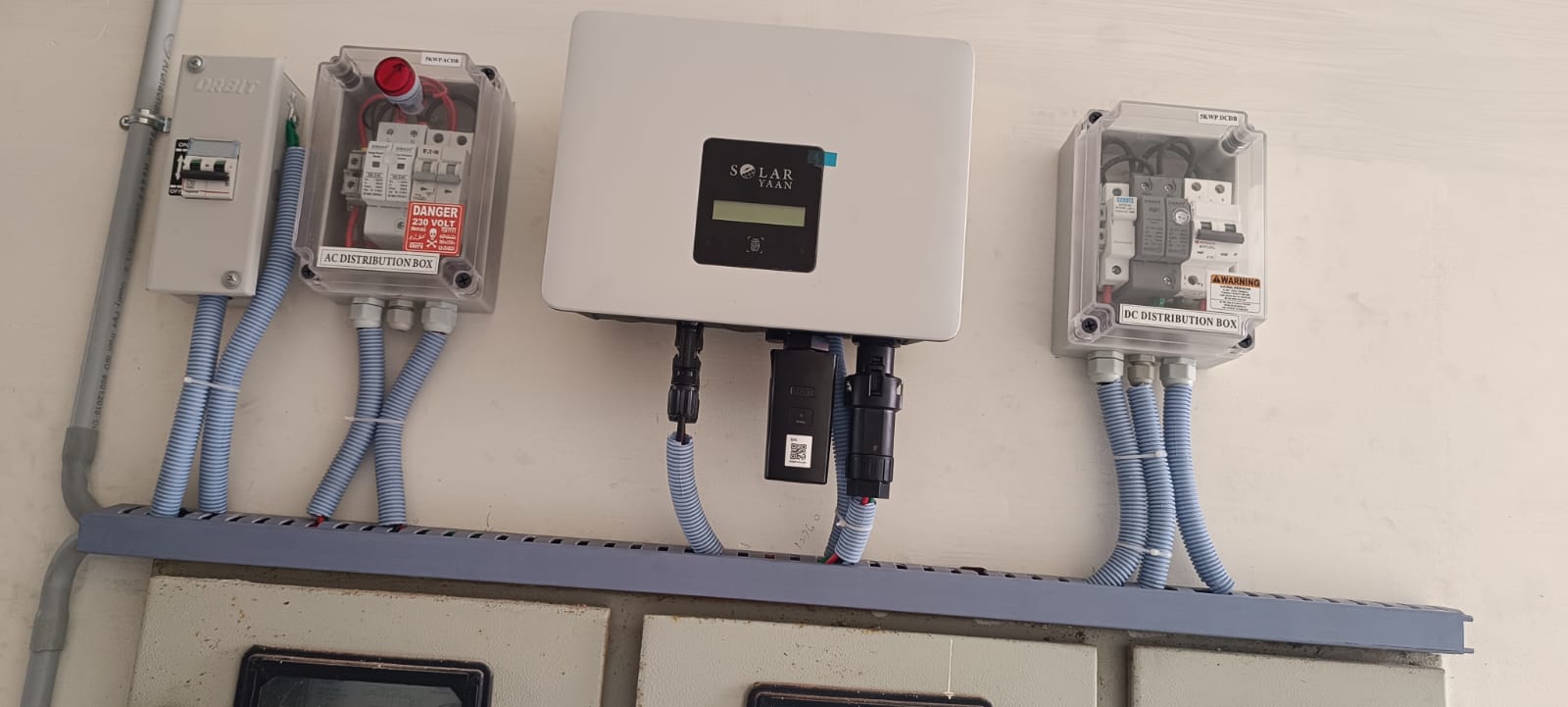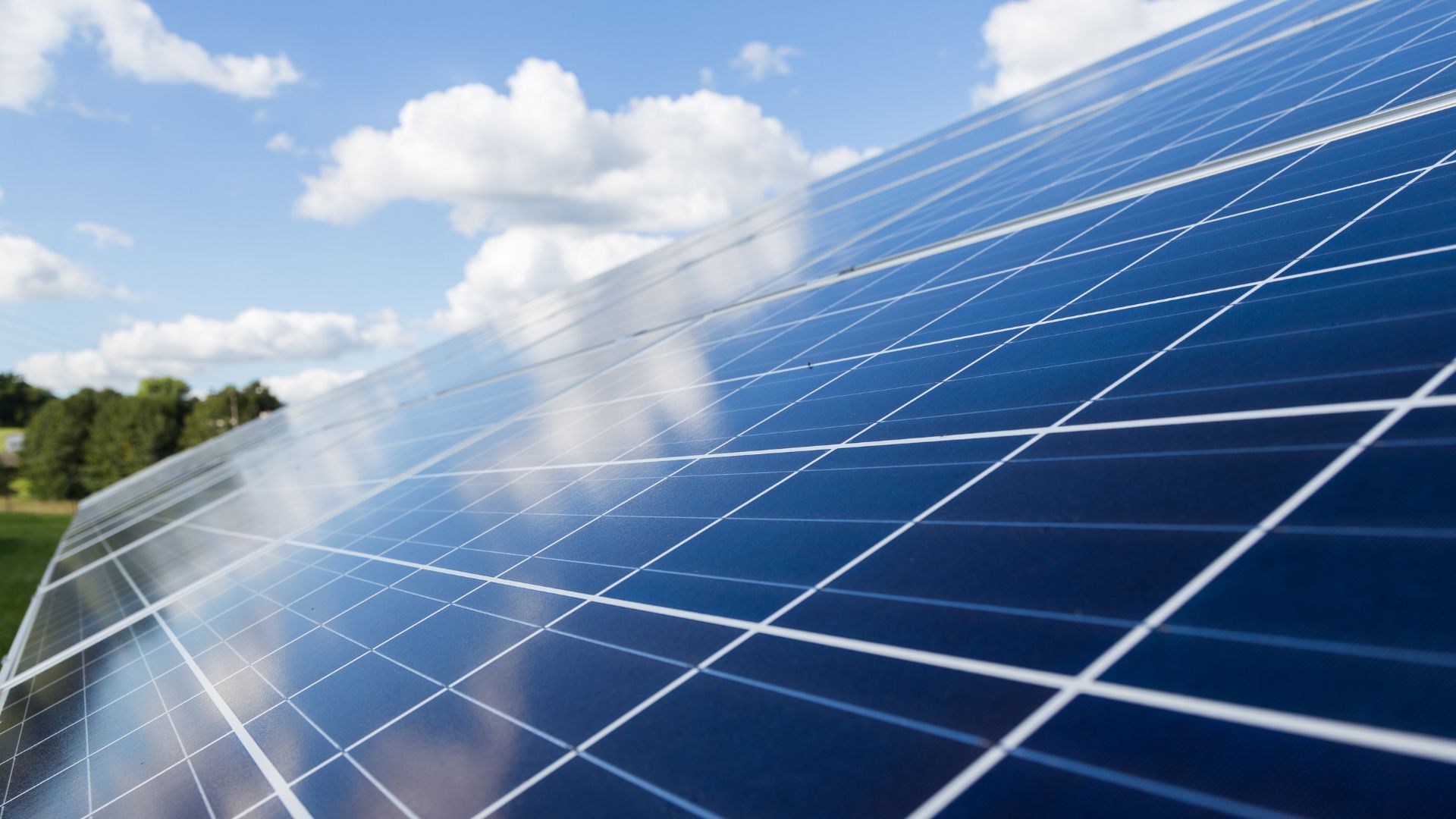
Join the Solar Revolution with Government Subsidy
Read More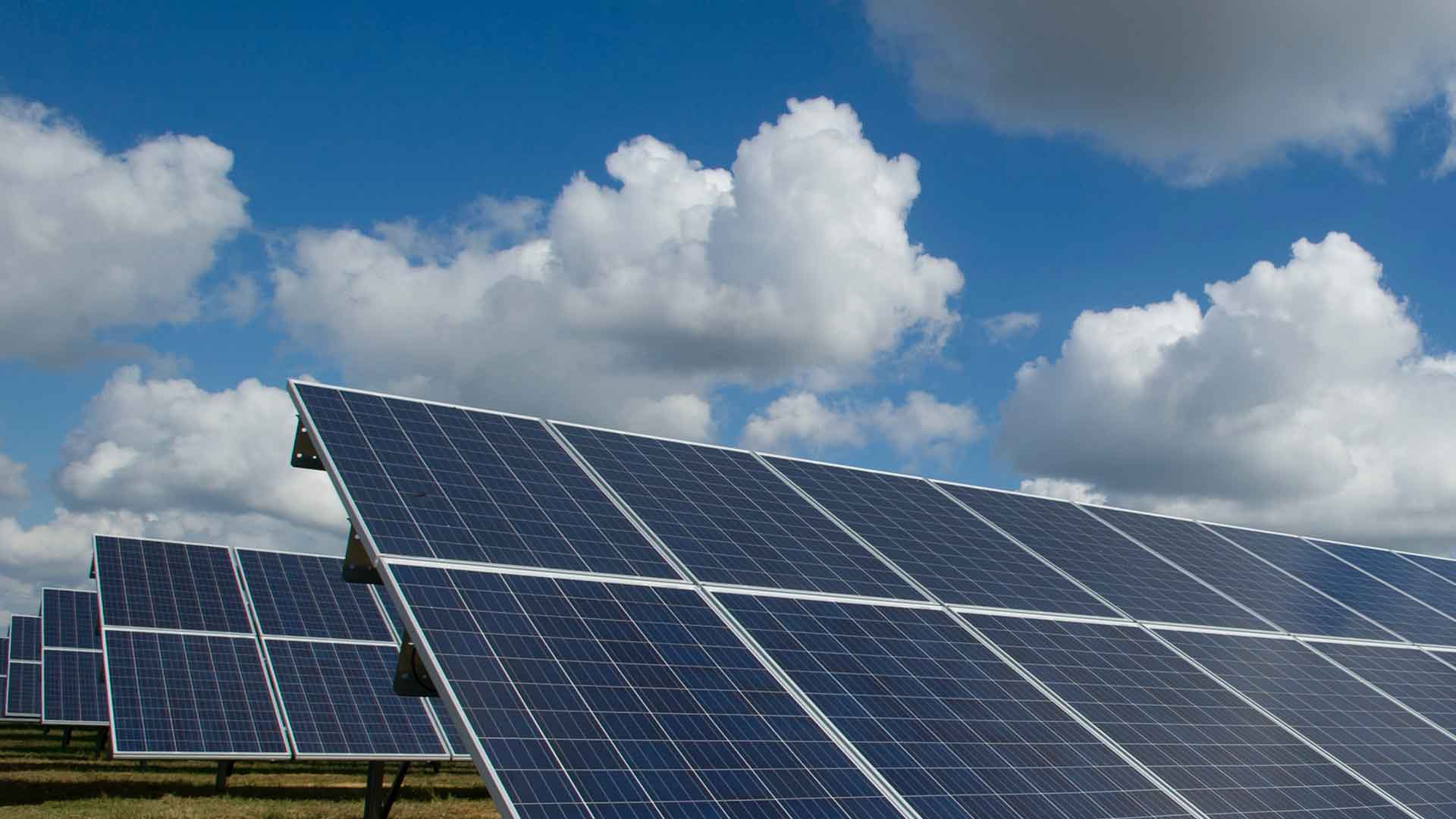
Expert Solar Solutions for Homes, Offices, and Industries
Get Quote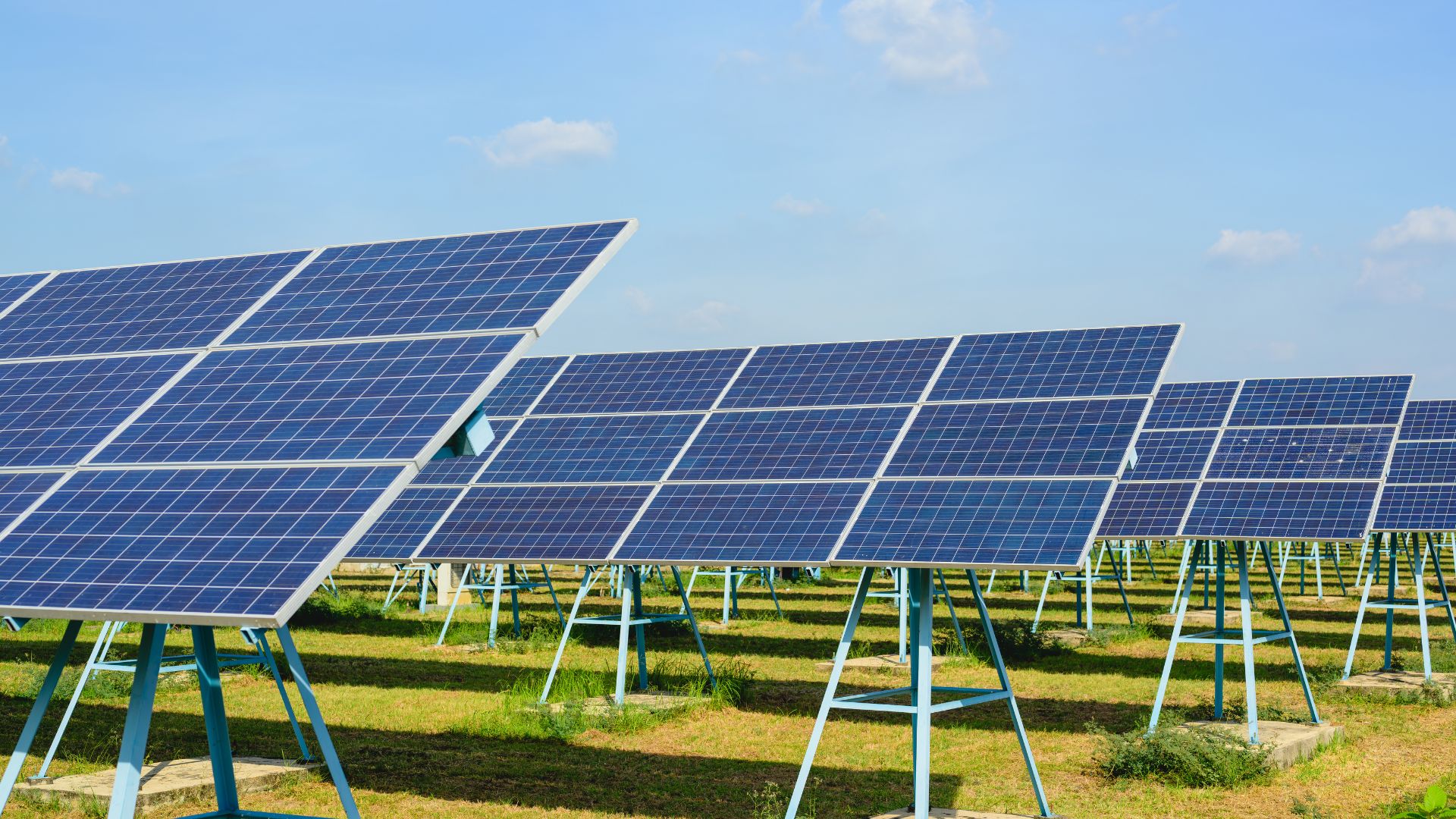



A comprehensive guide to understanding and implementing solar power solutions for schools, colleges, and universities. Learn about the benefits, installation process, and key considerations.
Educational institutions, including schools, colleges, and universities, are increasingly adopting solar power to reduce energy costs, enhance sustainability, and educate students about renewable energy. This article explores the numerous benefits of solar installations for educational institutions, the detailed installation process, and key factors to consider for a successful implementation.

Implementing solar power in educational settings offers a range of benefits, including:
Installing solar panels on educational institution buildings involves several key steps:
Before installing solar panels on educational institution buildings, consider the following factors:
Solar panels typically have a lifespan of 25-30 years. Most manufacturers offer warranties that guarantee performance and efficiency for this period.
Yes, solar panels can be installed on most educational institution buildings, including classrooms, administrative offices, dormitories, and auditoriums. However, a site assessment is essential to determine the feasibility and optimal placement.
Standard grid-tied solar systems do not provide power during an outage for safety reasons. However, solar systems with battery storage can supply electricity during outages.
Solar panels require minimal maintenance. Regular cleaning and periodic inspections to check for any issues are usually sufficient to keep the system running efficiently.
